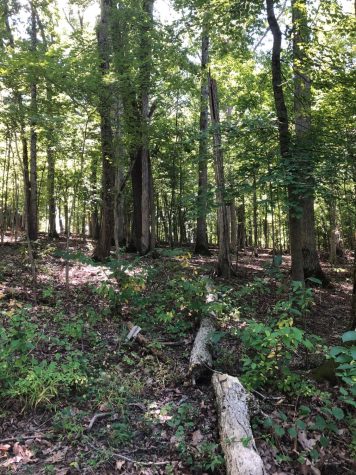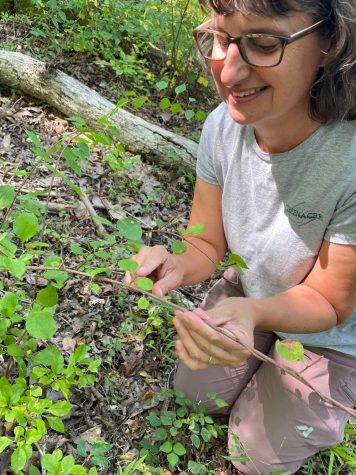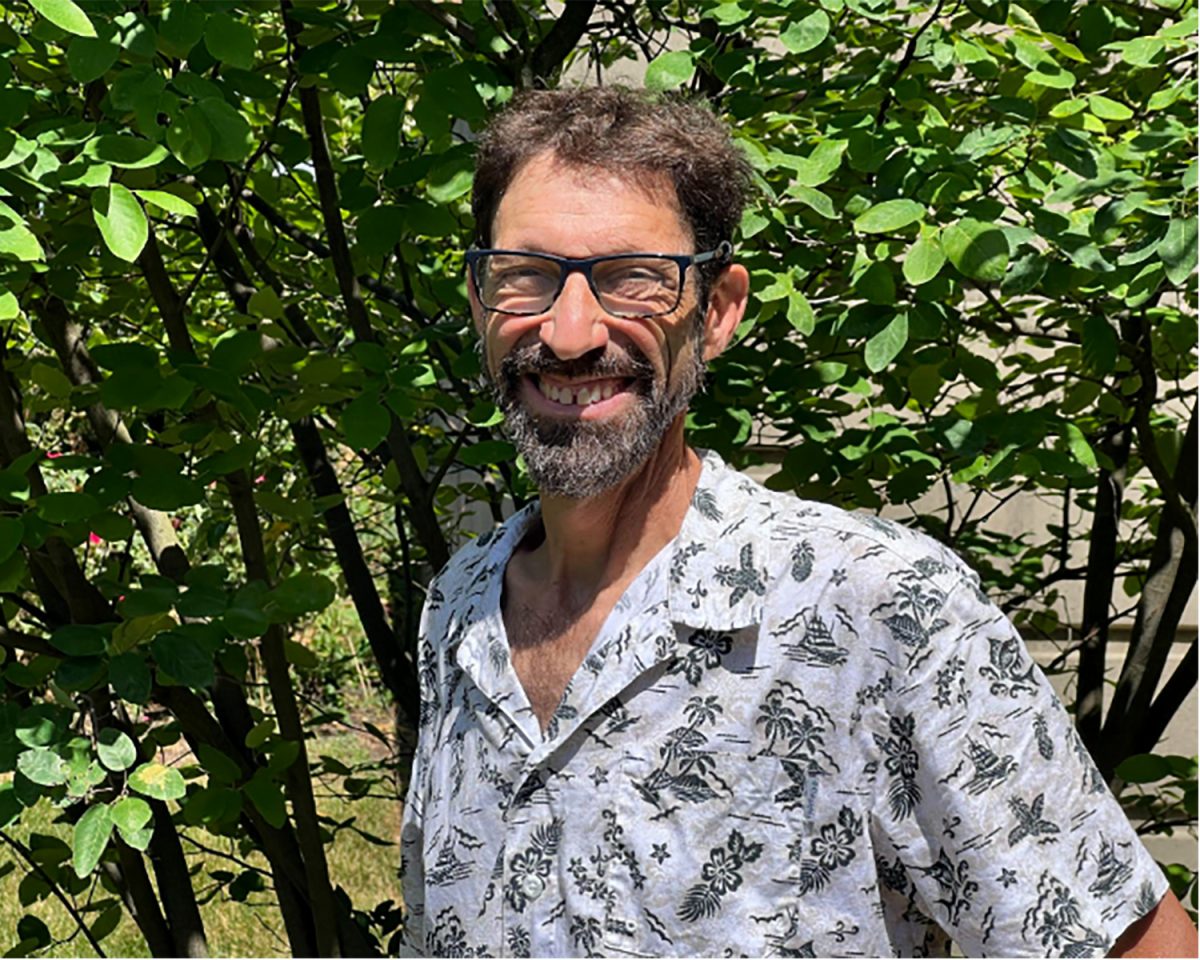Miami professor asks if deer can help fight invasive species
Miami University professor David Gorchov leads invasive species research project on Greenacres property.
September 2, 2022
A Miami University professor’s research may provide new solutions for restoring Ohio forests overrun by deer.
Biology Professor David Gorchov will conduct an ecological research project at the Greenacres Foundation to explore if the presence of deer helps to prevent invasive species from regrowing. The foundation is a nonprofit private land trust in Indian Hill, Ohio, that supports restorative agriculture and forest management.
“We are … measuring whether abundant deer themselves can prevent the reinvasion of invasive shrubs,” Gorchov said. Unlike the natural areas around Oxford, invasive shrubs at Greenacres have already been removed.
Gorchov received nearly $86,500 in grant funding from the Greenacres Foundation. Beginning this fall, Gorchov and a graduate student will count the prevalence of plant species in specific areas to learn which plants are thriving for three years.
Roughly an hour away from Oxford, the 47-acre preservation at Indian Hill has been stripped of invasive species. The continuing honeysuckle removal project began for all of Greenacres’s properties in Ohio and Indiana in 2017.

The detailed surveys of invasive species by Gorchov and graduate student Kathryn Yurreck will measure which plants the deer are eating and which plants are regrowing on the property.
“This is one of the first ecological projects we’re doing so it’s a really exciting time for Greenacres to be moving into this ecological realm of research,” said Jennifer Mansfield, Greenacres’s research ecologist.

Gorchov’s research team will observe the growth of forest understory, including pre-existing native plants, lingering invasive seedlings hiding in the soil, and native plants such as red oak and trillium within a 3 ½-acre plot. Within this plot, Greenacres will build 10-by-10-meter fenced areas to keep out deer and provide a control group for their study.
Scientists have experienced difficulties tracking growth in the herds of white-tailed deer in between suburban homes and forest in Butler and Hamilton counties, said David Treleaven, Oxford’s environmental specialist.
Treleaven said he hopes Gorchov’s study will help provide new ways to remove more deer from the herd total and bring populations to sustainable levels.
“The broader implication is Greenacres can use this information to change how they manage their areas,” Gorchov said, “and other forest managers in the region ideally will be able to use the findings to change what they do and to improve restoration of their forests.”














